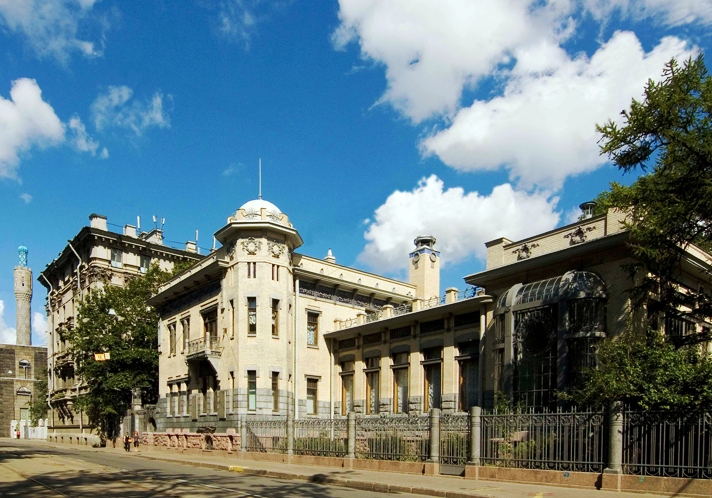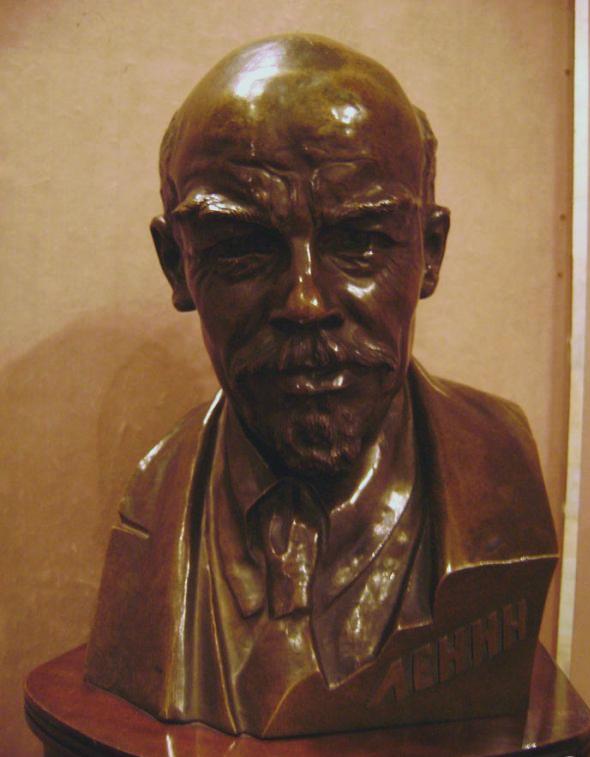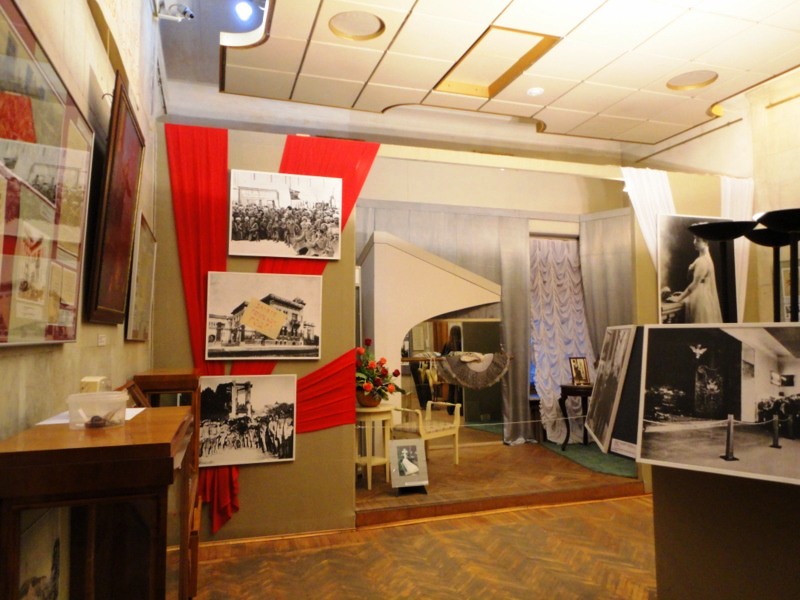|
The State
Museum of the Political
History of Russia is a successor of the State Museum of Revolution which was
created on October 9, 1919, after the decree of Petrograd Soviet of Workers and
the Red Army Deputies. Figures of the Bolshevik Party, narodnik movement
(populism), and representatives of intelligentsia took the lead in creating
this museum.
Anatoly Lunacharsky, Michael Novorussky, Maxim
Gorky, Pavel Shchegolev, G. Zinovjev ,O. Oldenburg, and V. Sreznevsky were the
first members of the museum staff. The official opening took place on January
11, 1920, in
the halls of the ground and first floors of the Winter palace.
The museum display original objects, documents,
photographs dedicated to the Russian history of the XIX-XX centuries as well as
exhibiting diaries, letters, personal effects (including a sketch she made of
the future tsar), and photos of the former owner of the mansion - an
outstanding Russian ballerina M.Kshessinskaya who also was the lover of
Nicholas II in his pre-tsar days.
The Winter
Palace was the home for the museum of
the political history of Russia
for 25 years. In 1955 it was transferred in two buildings: Kshesinskaya and
Brandt’s mansions. Kshesinskaya’s mansion was the project of the great architect
A. von Gogen. The second mansion was created by architect R. Meltzer for a
timber merchant Baron Vasily Brandt.
In 1972 the Museum began functioning under the
jurisdiction of the Ministry of Culture of the USSR
and became a branch of the Central Museum of Revolution of the USSR. Nowadays
the State Museum of Political History of Russia is one of few museums which
carry out documentation and expositional demonstration of processes taking
place in political, economic, and social life of Russian society in the
19th-21st centuries.
|





